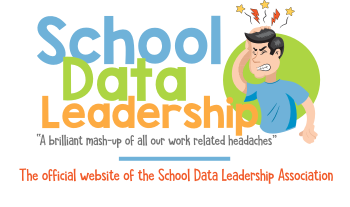Overview of the R Programming Language
R is a powerful and widely-used programming language and environment for statistical computing and graphics. Developed by Ross Ihaka and Robert Gentleman at the University of Auckland, New Zealand, R has become a cornerstone in data analysis and statistical modeling due to its extensive libraries, robust community support, and flexibility.
Features of R
- Statistical Analysis: R provides a vast array of statistical functions and packages for data analysis, hypothesis testing, regression modeling, time-series analysis, and more.
- Data Visualization: R offers comprehensive tools for creating high-quality graphics and visualizations, including scatter plots, histograms, bar charts, heatmaps, and interactive visualizations.
- Extensibility: R's package system allows users to easily extend its functionality by installing packages from the Comprehensive R Archive Network (CRAN) or other repositories.
- Integration with Other Languages: R can be easily integrated with other programming languages like Python and C++, allowing for seamless workflow integration.
- Community Support: The R community is vibrant and active, providing extensive documentation, tutorials, and forums for support and collaboration.
R in a K-12 School District Setting
Supporting Systems Integration
In a K-12 school district, R can be used to support systems integration by analyzing and processing data from various educational systems. For instance, R scripts can be employed to extract, transform, and load (ETL) data from student information systems (SIS), learning management systems (LMS), and other educational software platforms. R's data manipulation capabilities, facilitated by packages like dplyr and tidyr, can help ensure data consistency and integrity across different systems.
Furthermore, R's integration with databases and web APIs enables it to interact with cloud-based educational tools and external data sources, facilitating the exchange of information between different systems in the district. By automating data integration tasks, R can streamline administrative processes and enhance data-driven decision-making.
Data Analysis and Visualization
R excels in data analysis and visualization, making it a valuable tool for educators and administrators in a K-12 school district. R's extensive statistical functions and libraries, such as stats, lme4, and forecast, enable users to conduct sophisticated analyses of educational data, including student performance, attendance patterns, and resource allocation.
Moreover, R's visualization capabilities, supported by packages like ggplot2, plotly, and shiny, allow users to create compelling and interactive visualizations of educational data. These visualizations can aid in identifying trends, communicating insights, and informing decision-making at various levels of the district, from individual classrooms to district-wide initiatives.
Educational Tool
In addition to its utility in administrative tasks and data analysis, R can serve as an educational tool for teaching statistics, data science, and computational thinking in K-12 classrooms. By introducing students to R, educators can empower them to explore and analyze real-world data, develop critical thinking skills, and gain hands-on experience with statistical concepts and methods.
R's syntax is relatively straightforward, making it accessible to students with varying levels of programming experience. Additionally, RStudio, an integrated development environment (IDE) for R, provides a user-friendly interface that facilitates learning and experimentation. By incorporating R into the curriculum, educators can prepare students for careers in data science, statistics, and related fields, while also promoting data literacy and analytical skills.
Conclusion
R's versatility, power, and accessibility make it an invaluable asset in a K-12 school district setting. Whether used for systems integration, data analysis, or educational purposes, R enables educators and administrators to leverage data-driven insights to improve student outcomes, inform policy decisions, and enhance the overall effectiveness of the educational system. By integrating R into the curriculum, educators can equip students with valuable skills that are increasingly in demand in today's data-driven world, preparing them for success in the digital age.
